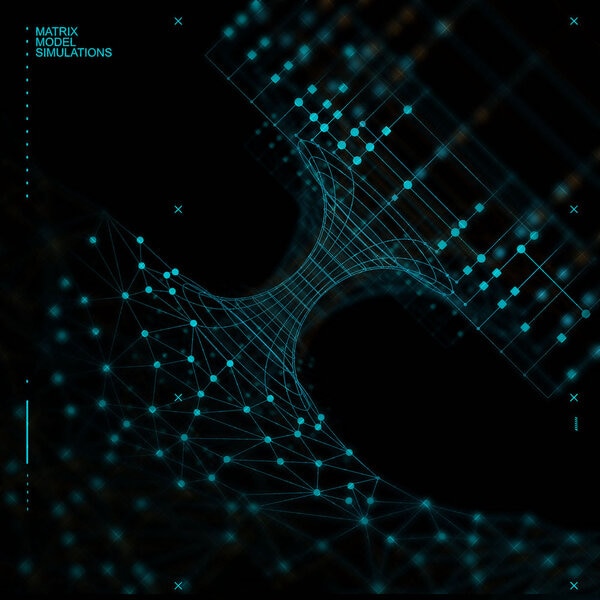Create a free profile to get unlimited access to exclusive videos, sweepstakes, and more!
It might be like The Matrix inside a black hole
You take the red pill, you stay in Wonderland, and I show you how deep the physics rabbit hole goes.

Whatever is deep inside of a black hole remains in the dark, but there might be a way to at least predict the unmentionable things in its bowels.
It is impossible to see inside black holes. Any spacecraft would be instantly crushed by the gravity. Even the most powerful telescopes cannot see what lies beyond the event horizon. The only way to shed light on something from which light cannot escape is theoretically, but there are issues when theories collide. Now physicist Enrico Rinaldi of the University of Michigan, who led a study recently published in PRX Quantum, has figured out how to possibly do this in a way that is kind of like The Matrix.
Before you can imagine an extension of the Matrix universe inside a black hole, you need to understand holographic duality. There is only spacetime (gravity warps space and time) in Einstein’s theory of general relativity — no particles. Inversely, there are only particles and no gravity in the standard model of particle physics. Holographic duality tries to equalize these theories. Meaning, gravity translates into particles and vice versa. Objects in either theory may be called different things, but in the end, they are the same. X equals Y. Now enter the matrix.
“If you have a quantum matrix model that is dual to a gravity theory where you can have black holes, and can solve the matrix model and compute several properties of the matrices, then holographic duality tells you how to translate those properties of matrices into properties of black holes,” Rinaldi told SYFY WIRE.
Quantum matrix models represent particle theory. Black holes exist in gravity theory. Therefore, it makes sense that if particle theory and gravity theory are the same, then particles in a matrix model can give more insight into the gravity of a black hole. This is where it starts to get almost sci-fi. Objects in the models Rinaldi and his research team used are represented through the lens of string theory, which sees the particles in particle theory as one-dimensional strings. String theory also tries to unify general relativity and quantum physics. It is still trying.
So if general relativity and particle theory are the same under holographic duality, and general relativity is the same as quantum physics* under string theory (just assume that it is for now even though it still has a way to go), then X equals Y equals Z. Everything translates. Now think back to The Matrix. Everything that exists in that universe is in binary code, so reality it's a series of 0s and 1s. Agent Smith is the same as something like 001011010100010 or whatever his code is.
“Some people have made an analogy to The Matrix, where everything you would see by looking into a black hole is actually a representation in terms of bits and strings,” said Rinaldi. “Though it is hard to imagine what the interior would actually look like.”
The matrix models were solved two ways. One used quantum circuits, in which bits of quantum information known as qubits are seen as wires. Look to the top right of the image above. Those lines are the wires, and how information will travel from one wire to the next is dictated by the squares, or gates. The other, on the bottom left, is a series of graphs computed by a deep learning method, which uses a neural network similar to the human brain to solve a matrix.
Black holes warp spacetime with their immense gravity. Connecting the opposite sides, which look different but are really the same, is curved spacetime. The image is a visual representation of how the theory of gravity and the theory of particles are equal. If anything that can happen under the theory of gravity can happen under the theory of particles, Rinaldi thinks this could eventually be used to model black holes. It may someday reveal some wild physics.
“The duality we have in mind does not work in the spacetime that we think describes our universe and the black holes we can observe with telescopes,” Rinaldi said. "So the black holes we can study with the duality at the moment are in a different spacetime.”
You hear that, Mr. Anderson?
*Hypothetically. Quantum physics and general relativity have not yet been equalized, even though the brains delving deep into string theory are working overtime to make it happen. Someone will flip that switch in the future.



























